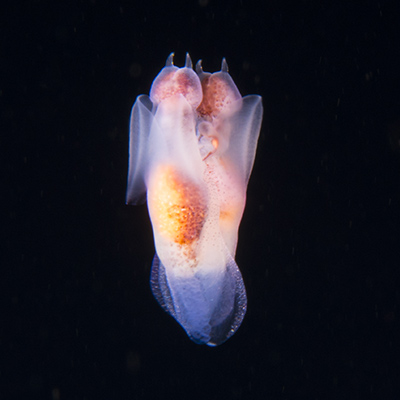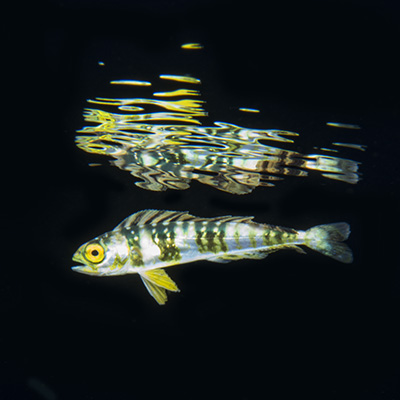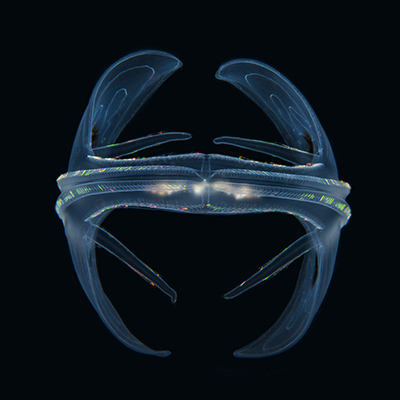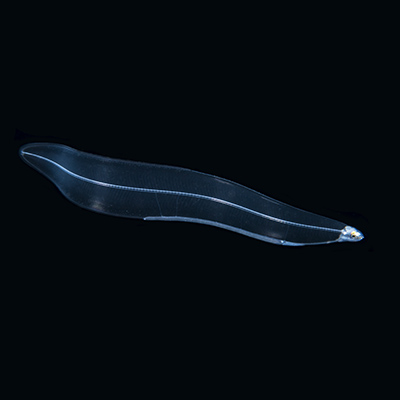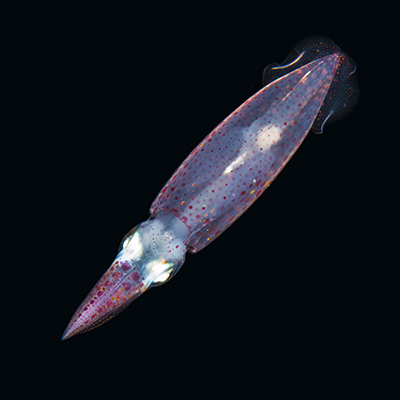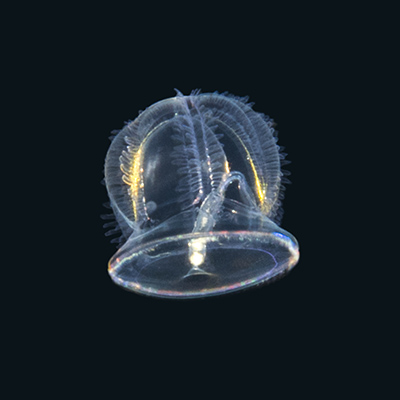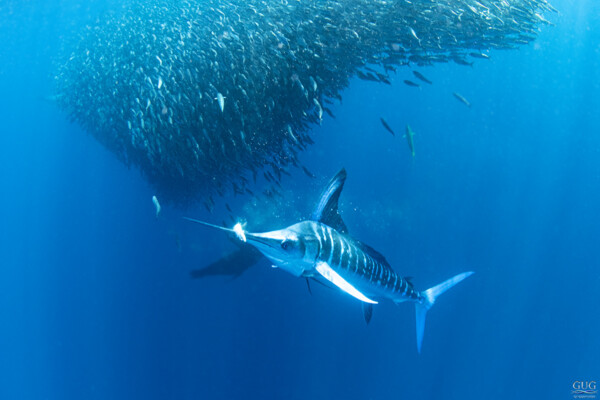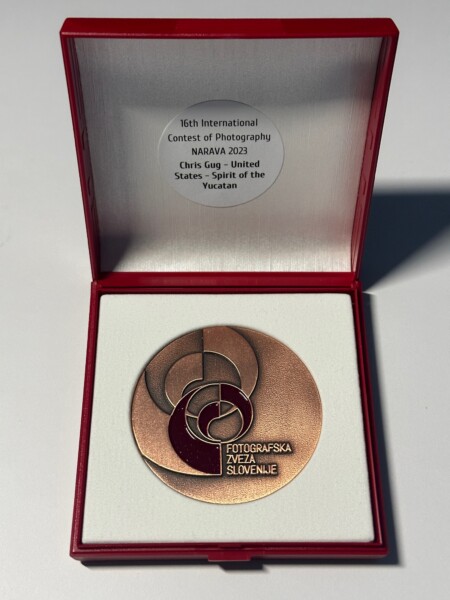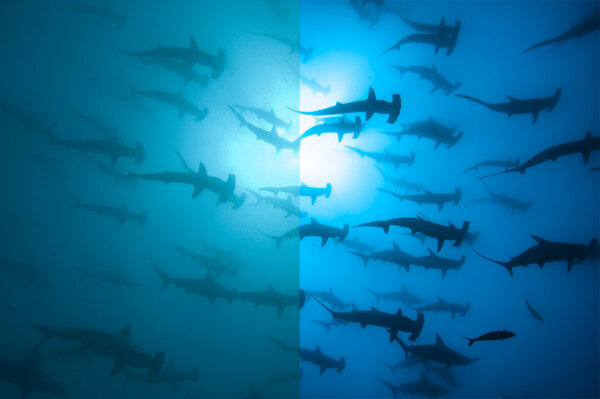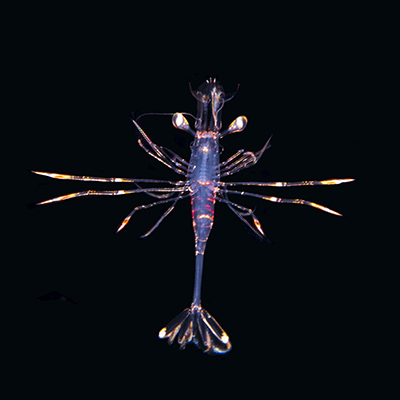
Jump off a boat in the middle of the ocean, in the middle of the night, over the deep abyss, drift a few miles, and just see what comes up to my lens. Who’s with me?!?!
That’s “blackwater” diving, and its my new addiction. Turns out, I’ve never been so excited, confused and fascinated in my entire career.
It works a little like this…… Well after dark, the boat goes out a few miles from shore until we’re over deep (really deep) water. I jump in, but there’s no need to go too deep, because my targets are right at the surface. Now the hunt is on. But where the heck am I? That’s the beauty of it…..I have no idea, but El Capitan is following me and tracks my drift for what might be a few hundred feet, or may be nearly 8 miles. So why would I do all this? Because each night at dusk, the largest daily migration of organisms on Earth moves from the abyss up to the surface to feed, mate, and do whatever it is that generally unclassified, gelatinous, and larval organisms do! Then at dawn, they reverse the process and sink back to the abyss.
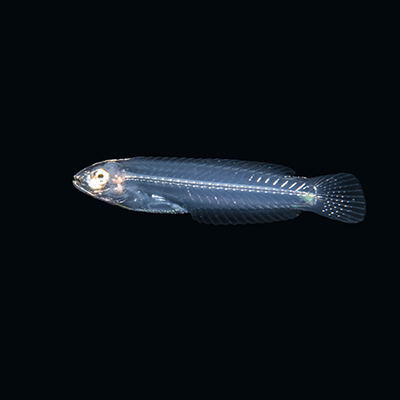

While at first, its easy to see them as a bunch of “ocean freaks”, we have to understand that life in the ocean is very different, and these organisms are all perfectly suited to their niche. After all, who’s really the freak here? I’m a land mammal with a scuba tank and camera floating over the abyss at night! Just because they don’t have two arms, two legs, two eyes, a set of teeth – okay, lets get real – many of them don’t have a mouth, a skeleton, or even a brain – doesn’t mean they’re aliens. In fact, they are a very important part of our food web & our fishing industries, and some are even our distant ancestors. After studying these creatures, I’ve learned to identify body parts and organ systems that I never expected. What appeared to be a comb jelly (ctenophore) is actually a larval form of an acorn worm. The “goatee” of a flounder-looking fish turned out to be the intestines of a toungefish. I’ve found a beautiful species of nudibranch who spends its whole life suspended in mid-water. And so many of these creatures are so small that sometimes I can’t even tell what I’m looking at with my eyes – its only through my ultra-high resolution photos that I’m able to zoom in and see each body part, and start to solve the puzzle of exactly what I had just photographed.
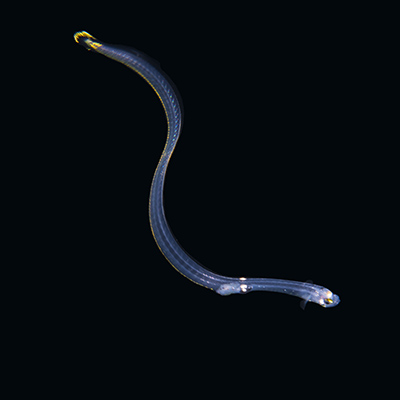
Many of these creatures are new to science or completely unclassified. Until now, the only way people thought it possible to see them was to drag nets through the ocean and collect the catch the organisms in jars. Unfortunately, this process kills the majority of the biomass, and in many cases, their delicate, gelatinous bodies are completely torn apart. And that’s why I’m so excited! Getting to observe and photograph these creatures in the wild has reinvigorated my fascination with the sea and taken me to a whole new level of fishy-geekdom. With a few marine biologist and citizen-scientist friends, we are now building a photo catalog of organisms that have never before been seen. After a dive, me and a few equally geeky types gather around each others’ cameras with kid-like excitement showing each other what we found, and even better, asking each other what the heck we’re looking at! Its a game that still in it’s infancy, but I can guarantee that even after years of this, I’ll still be finding new organisms, since it seems that different seasons are bringing different creatures, and much is dependent on weather, the moon phase, and tons of other factors that we’re all desperately trying to track. But with so many variables, will we ever really figure out even a fraction of the “why’s, how’s, where’s and when’s”….. I believe not, and that’s why I love it so much!
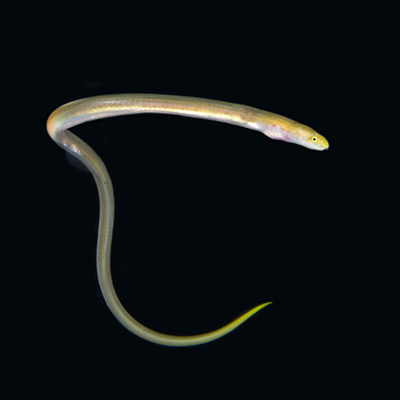
Many of the fish we’re all familiar with start off life in a larval phase drifting along in the blackness like this. Flounders, moray eels, mahi-mahi (dolphin fish), scorpionfish, robins, goatfish, and puffers are all found here. Jellyfish species that I’ve seen before, and many more that I have not seen before drift here and there, and many creatures like crabs, small fish, and amphipoids cling to them. Jellyfish-like organism such as siphonophores, ctenophores, and tunicates abound, and I often struggle to figure out which side is the head (or if it has a head???). But if you’re picturing gigantic monsters wrapping around my body, you’d be sorely disappointed. The majority of my subject matter here is less than 2cm long – some of it is actually smaller than a grain of rice. And I’m trying to find it, light it, keep up with it, and photograph it in the middle of nothing, drifting through space, surrounded by “aliens”. I can’t think of any better way to simulate space training! 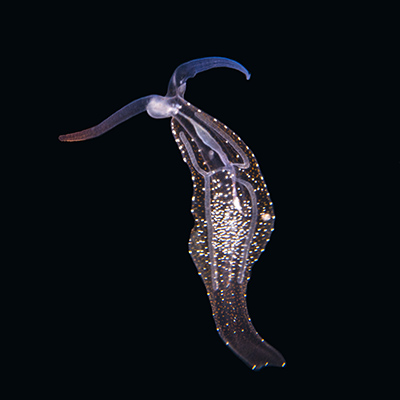

Yes, I’ve been stung by a lot of new things. No, sharks don’t actually lurk about trying to eat me (that’s in the fiction movies). Yes, I’m always completely lost because I may have drifted many miles, but you can’t tell because everything drifts at the same speed! Yes, I get cold. Yes, sometimes I get home and an amphipod or two comes out of my ear in the shower. No, its really not that scary. And yes, you have to be a little crazy to even think this is fun! So no, there aren’t many people interested in this, but the few who do – we have a special bond & comradery rooted in discovery, adventure, respect for our aquatic world, and a burning urge to see & photograph that which has never been seen before. So like I said at the beginning……who’s with me?
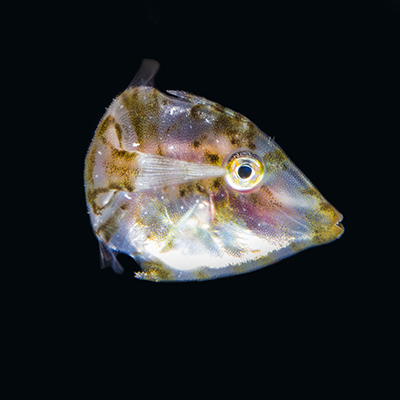 If you’ve been following along on Instagram @GugUnderwater or Facebook @GugUnderwater, you’ve been seeing me post others of these for a while now. These pics are just a small fraction of the collection. Actually, all the pics on this page are from just a fraction of a memory card from two January 2017 dives. Now I need your feedback – would you hang these on your wall as art? Just because its fascinating and cool doesn’t mean you want it as part of your decor. Sure, I can make them 8 feet across, but really, I’m thinking of these as something that I’ll print small – around 10″ or so. That way, you’ll have a collection of 25 or so to choose from and you can get 3 or 4 of your favorites and make a collage. What do you think? As people who have collected my work in the past, or who just love the adventure & beauty of the photos, I’d love to hear your honest opinion about how well a few of these would go (or not go) in your home. Call, email, or talk to me on social media – we’d love to chat about it! Based on your feedback, you may (or may not) start seeing these at the gallery and other art events!
If you’ve been following along on Instagram @GugUnderwater or Facebook @GugUnderwater, you’ve been seeing me post others of these for a while now. These pics are just a small fraction of the collection. Actually, all the pics on this page are from just a fraction of a memory card from two January 2017 dives. Now I need your feedback – would you hang these on your wall as art? Just because its fascinating and cool doesn’t mean you want it as part of your decor. Sure, I can make them 8 feet across, but really, I’m thinking of these as something that I’ll print small – around 10″ or so. That way, you’ll have a collection of 25 or so to choose from and you can get 3 or 4 of your favorites and make a collage. What do you think? As people who have collected my work in the past, or who just love the adventure & beauty of the photos, I’d love to hear your honest opinion about how well a few of these would go (or not go) in your home. Call, email, or talk to me on social media – we’d love to chat about it! Based on your feedback, you may (or may not) start seeing these at the gallery and other art events!